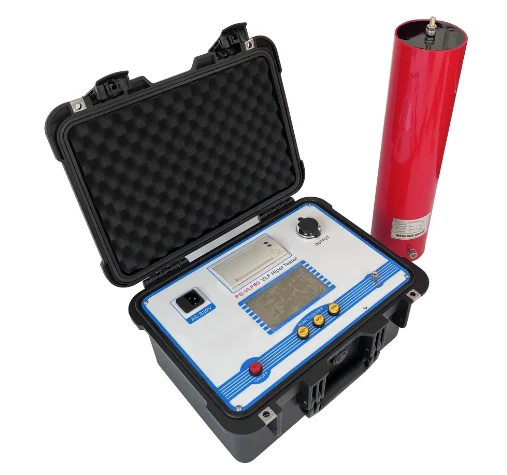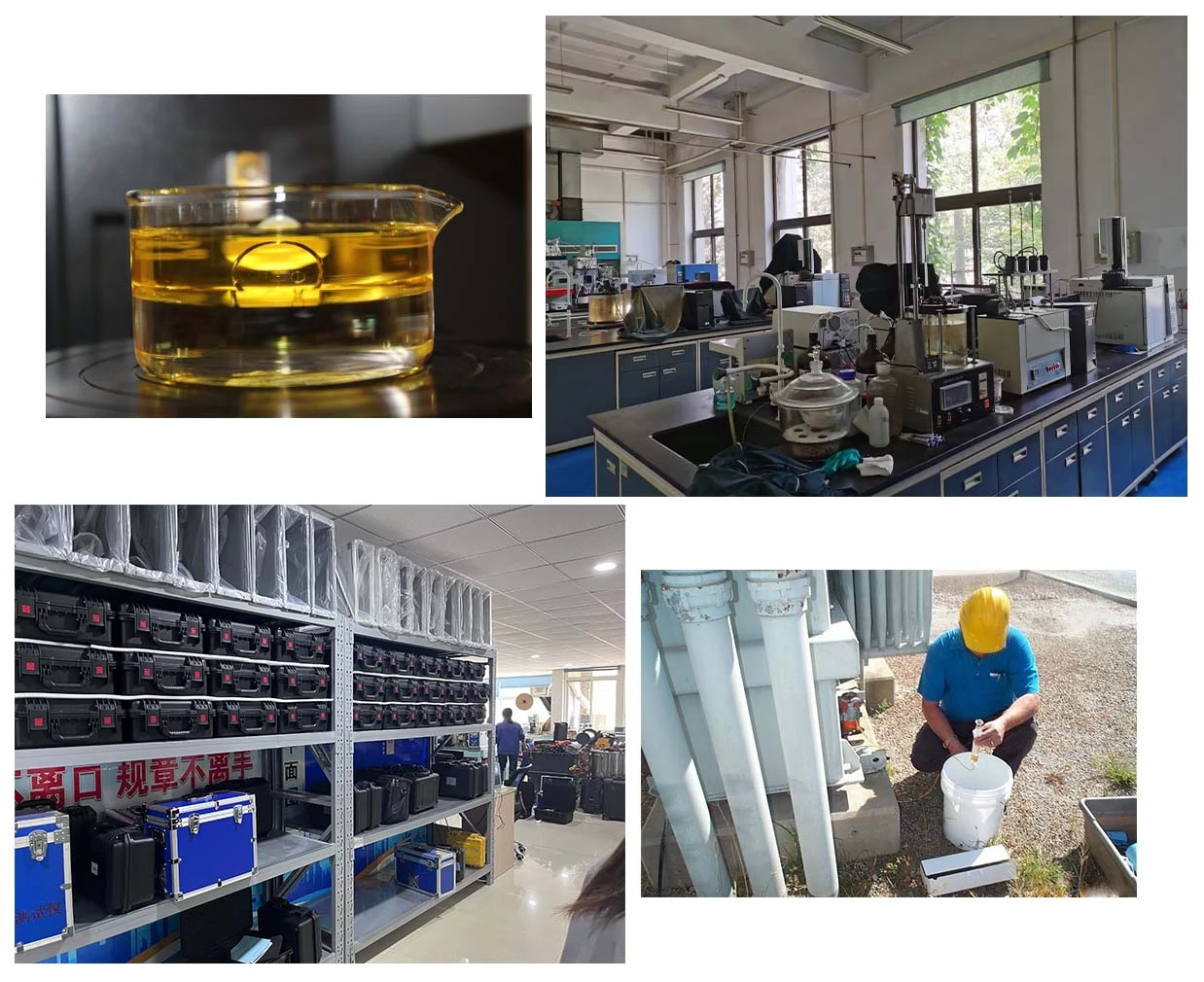TEL:
+86-0312-3189593
 English
English

Telephone:0312-3189593

Email:sales@oil-tester.com

-
 Afrikaans
Afrikaans -
 Albanian
Albanian -
 Amharic
Amharic -
 Arabic
Arabic -
 Armenian
Armenian -
 Azerbaijani
Azerbaijani -
 Basque
Basque -
 Belarusian
Belarusian -
 Bengali
Bengali -
 Bosnian
Bosnian -
 Bulgarian
Bulgarian -
 Catalan
Catalan -
 Cebuano
Cebuano -
 China
China -
 China (Taiwan)
China (Taiwan) -
 Corsican
Corsican -
 Croatian
Croatian -
 Czech
Czech -
 Danish
Danish -
 Dutch
Dutch -
 English
English -
 Esperanto
Esperanto -
 Estonian
Estonian -
 Finnish
Finnish -
 French
French -
 Frisian
Frisian -
 Galician
Galician -
 Georgian
Georgian -
 German
German -
 Greek
Greek -
 Gujarati
Gujarati -
 Haitian Creole
Haitian Creole -
 hausa
hausa -
 hawaiian
hawaiian -
 Hebrew
Hebrew -
 Hindi
Hindi -
 Miao
Miao -
 Hungarian
Hungarian -
 Icelandic
Icelandic -
 igbo
igbo -
 Indonesian
Indonesian -
 irish
irish -
 Italian
Italian -
 Japanese
Japanese -
 Javanese
Javanese -
 Kannada
Kannada -
 kazakh
kazakh -
 Khmer
Khmer -
 Rwandese
Rwandese -
 Korean
Korean -
 Kurdish
Kurdish -
 Kyrgyz
Kyrgyz -
 Lao
Lao -
 Latin
Latin -
 Latvian
Latvian -
 Lithuanian
Lithuanian -
 Luxembourgish
Luxembourgish -
 Macedonian
Macedonian -
 Malgashi
Malgashi -
 Malay
Malay -
 Malayalam
Malayalam -
 Maltese
Maltese -
 Maori
Maori -
 Marathi
Marathi -
 Mongolian
Mongolian -
 Myanmar
Myanmar -
 Nepali
Nepali -
 Norwegian
Norwegian -
 Norwegian
Norwegian -
 Occitan
Occitan -
 Pashto
Pashto -
 Persian
Persian -
 Polish
Polish -
 Portuguese
Portuguese -
 Punjabi
Punjabi -
 Romanian
Romanian -
 Russian
Russian -
 Samoan
Samoan -
 Scottish Gaelic
Scottish Gaelic -
 Serbian
Serbian -
 Sesotho
Sesotho -
 Shona
Shona -
 Sindhi
Sindhi -
 Sinhala
Sinhala -
 Slovak
Slovak -
 Slovenian
Slovenian -
 Somali
Somali -
 Spanish
Spanish -
 Sundanese
Sundanese -
 Swahili
Swahili -
 Swedish
Swedish -
 Tagalog
Tagalog -
 Tajik
Tajik -
 Tamil
Tamil -
 Tatar
Tatar -
 Telugu
Telugu -
 Thai
Thai -
 Turkish
Turkish -
 Turkmen
Turkmen -
 Ukrainian
Ukrainian -
 Urdu
Urdu -
 Uighur
Uighur -
 Uzbek
Uzbek -
 Vietnamese
Vietnamese -
 Welsh
Welsh -
 Bantu
Bantu -
 Yiddish
Yiddish -
 Yoruba
Yoruba -
 Zulu
Zulu
فېۋرال . 15, 2025 01:45
Back to list
transformer partial discharge
In the dynamic domain of electrical engineering, understanding and managing transformer partial discharge (PD) is crucial to ensure operational efficiency and longevity of transformers. Partial discharges are localized dielectric breakdowns of a small portion of a solid or fluid electrical insulation system under high voltage stress. Left unmanaged, they can lead to significant damage, power outages, and extensive costs. Here, we delve into the intricacies of transformer partial discharge, grounded in experience, expertise, authority, and trustworthiness.
Authority in managing transformer PD is vested in professionals and institutions that set industry standards, develop cutting-edge technology, and train practitioners worldwide. Institutions like IEEE and CIGRE regularly publish guidelines and findings that shape PD management practices. Industry experts, through these platforms, disseminate authoritative knowledge which is instrumental in advancing this specialization. Trustworthiness in transformer PD management hinges on transparency, data integrity, and technological reliability. Companies specializing in PD mitigation often showcase detailed documentation of their methodologies and results, fostering trust across stakeholders. Trust is further solidified through certifications and standard compliances, such as those from ISO, which assure quality and reliability in PD management systems. The complexity of transformer partial discharge demands a multifaceted approach, integrating technology, human expertise, and continual research. As digital transformation accelerates, the integration of AI and machine learning in PD analysis promises a new horizon of predictive maintenance, allowing for even earlier detection and more precise intervention. These technologies, underpinned by robust data analytics, are redefining how engineers approach transformer health, forecast failures, and optimize maintenance schedules. To conclude, mastering transformer partial discharge is both an art and a science, requiring a confluence of historical insight, technological advancements, and authoritative guidance. As the industry progresses, continual adaptation and learning remain paramount. For stakeholders across the energy sector, the imperative is clear—to harness the best of expertise, technology, and trust to ensure transformers operate smoothly, efficiently, and without unforeseen failures. As we move forward, bridging experience with innovation will sustain the integrity and reliability of power infrastructure globally.


Authority in managing transformer PD is vested in professionals and institutions that set industry standards, develop cutting-edge technology, and train practitioners worldwide. Institutions like IEEE and CIGRE regularly publish guidelines and findings that shape PD management practices. Industry experts, through these platforms, disseminate authoritative knowledge which is instrumental in advancing this specialization. Trustworthiness in transformer PD management hinges on transparency, data integrity, and technological reliability. Companies specializing in PD mitigation often showcase detailed documentation of their methodologies and results, fostering trust across stakeholders. Trust is further solidified through certifications and standard compliances, such as those from ISO, which assure quality and reliability in PD management systems. The complexity of transformer partial discharge demands a multifaceted approach, integrating technology, human expertise, and continual research. As digital transformation accelerates, the integration of AI and machine learning in PD analysis promises a new horizon of predictive maintenance, allowing for even earlier detection and more precise intervention. These technologies, underpinned by robust data analytics, are redefining how engineers approach transformer health, forecast failures, and optimize maintenance schedules. To conclude, mastering transformer partial discharge is both an art and a science, requiring a confluence of historical insight, technological advancements, and authoritative guidance. As the industry progresses, continual adaptation and learning remain paramount. For stakeholders across the energy sector, the imperative is clear—to harness the best of expertise, technology, and trust to ensure transformers operate smoothly, efficiently, and without unforeseen failures. As we move forward, bridging experience with innovation will sustain the integrity and reliability of power infrastructure globally.
Previous:
Latest news
-
Testing Equipment Industry Sees Major Advancements in 2025: Smart & Precision Technologies Lead the WayNewsJun.06,2025
-
Applications of Direct Current Generators in Renewable Energy SystemsNewsJun.05,2025
-
Hipot Tester Calibration and Accuracy GuidelinesNewsJun.05,2025
-
Digital Circuit Breaker Analyzer Features and BenefitsNewsJun.05,2025
-
Benefits of Real-Time Power Quality Monitoring Devices for Industrial EfficiencyNewsJun.05,2025
-
Earth Fault Loop Testing in High-Rise Building Electrical SystemsNewsJun.05,2025



